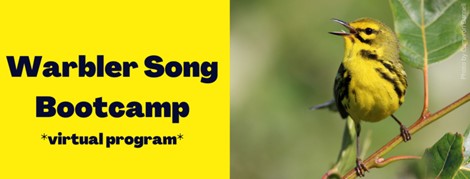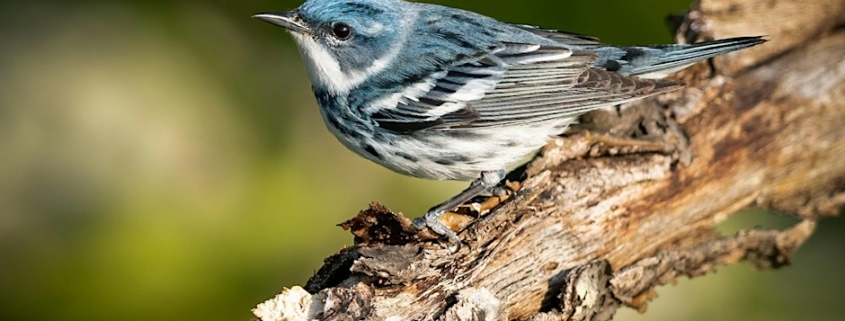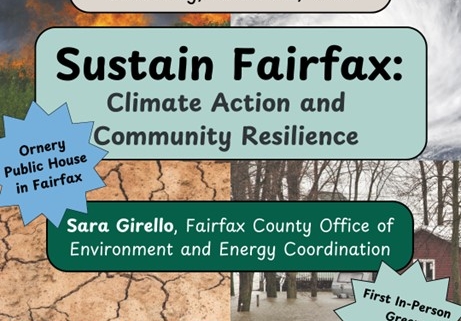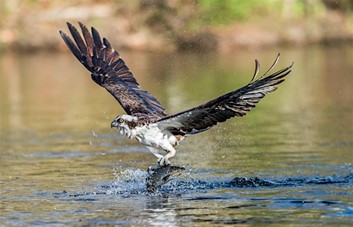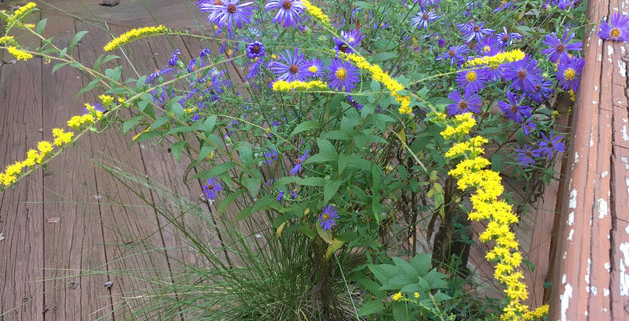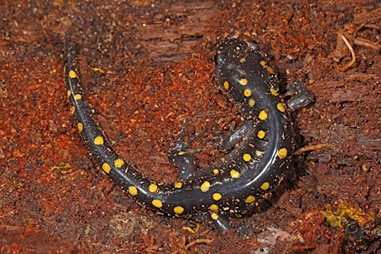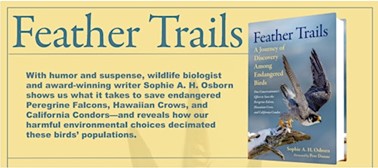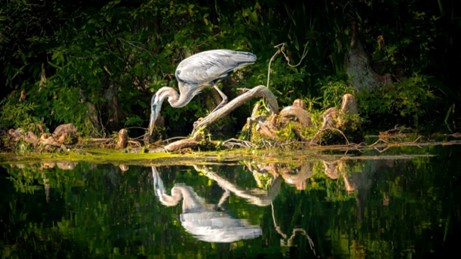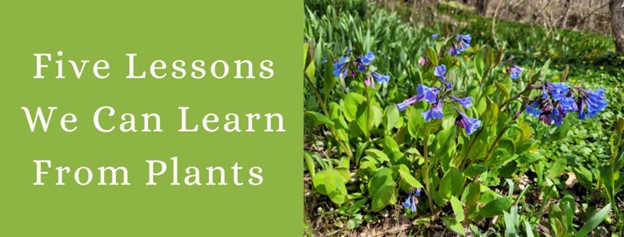The Clifton Institute Presents – Warbler Song Bootcamp, April 11th
Image: The Clifton Institute Warbler Song Bootcamp
Friday April 11th, 2025
6:00 pm – 7:00 pm
This event is Free! But if you are able, there is a suggested donation of $10.00
Virtual Event
Registration is REQUIRED.
*This is a virtual event. Registration will close at noon on April 10 to make sure everyone gets the Zoom link. If you have not received a Zoom link by that time please email Eleanor at eharris@cliftoninstitute.org. If you would like to register at that time, you can email Eleanor, but she may not see your email in time. *
Brush up on your warbler songs just before the migrants arrive in droves. You will listen to the songs of each of the migratory warblers that pass through our region in spring, while looking at spectrograms to help visual learners identify differences in similar songs. You will also briefly discuss habitats where breeding warblers can be found in our area and cover a handful of other migrants such as vireos and thrushes. This workshop will be of interest to birdwatchers of all skill levels. It will definitely be more fun than listening to a warbler song CD in your car! This event will take place over Zoom. A Zoom link will be emailed to participants shortly before the event.
Cost: Free! But if you are able, there is a suggested donation of $10. All proceeds from The Clifton Institute programs go directly to funding their education programs, restoration work, and research projects. Thank you for your support!
Age: All ages.


